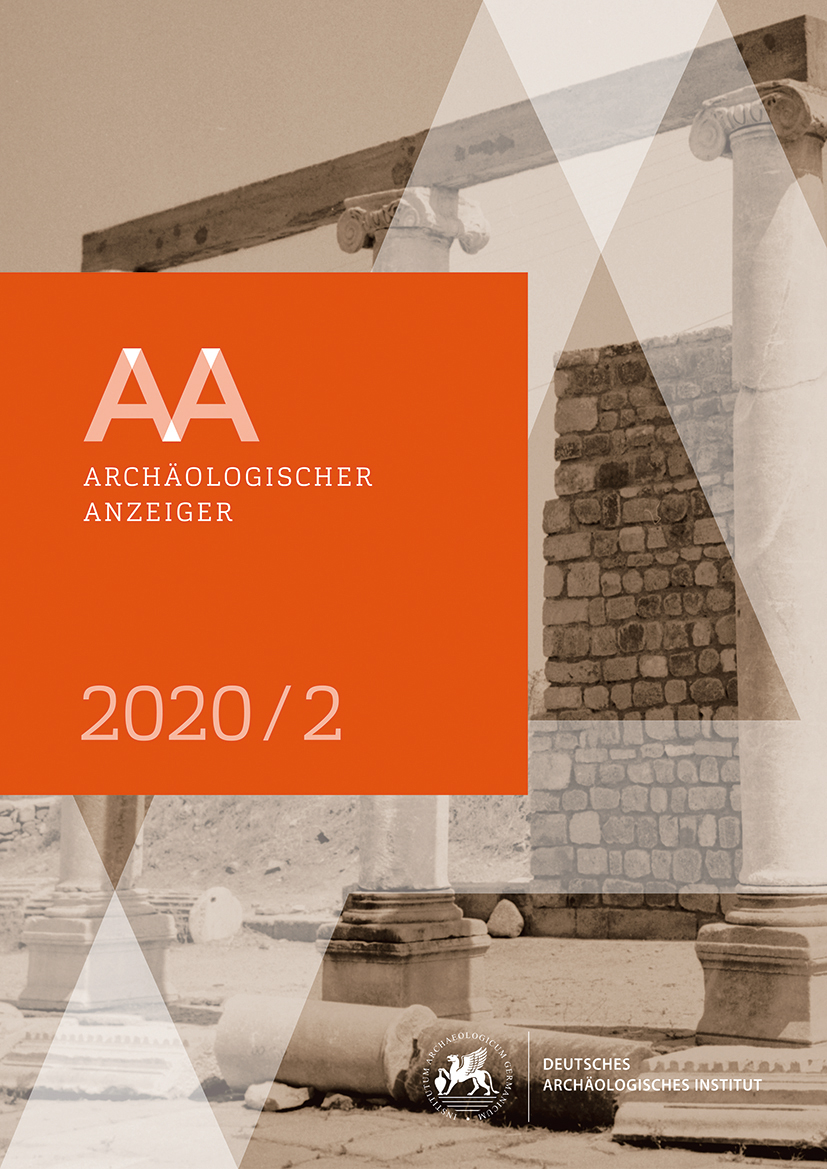A Hygieia-Hypnos Statue from Anazarbos
https://doi.org/10.34780/aa.v0i2.1028
Résumé
Anazarbos (Anavarza) was a city in ›Plain Cilicia‹, located in the modern-day village of Dilekkaya in the District of Kozan at the Province of Adana. Together with the two ›Large Herculaneum Women‹ type statues (A1 and A2), this Hygieia-Hypnos statue recovered during the archaeological excavations at Anazarbos stands out as one of the first large scale statues from this city. More importantly, the Hygieia-Hypnos statue was recovered during the first systematic and scientific archaeological excavations that took place in ›Plain Cilicia‹, which defines them as statues with a definite find spot. The Hygieia-Hypnos statue is covered in this article iconographically as well as stylistically. Based on stylistic characteristics, the statue is dated to the late second century A.D. Locally known also as Salus, Hygieia gained popularity in Rome around this time. The goddess Hygieia became the personification of medicine and gradually acquired a political meaning as she became frequently depicted to represent first the health of the Roman Empire (Salus Publica) and then of the emperor (Salus Augusti). The Anazarbos statue of Hygieia accompanied by Hypnos was found during excavations taking place in front of the Anazarbos monumental gateway which is thought to have been built after Lucius Verus’ victorious campaigns against the Parthians in A.D. 162 and 166. It would not be surprising to find the statue of a Roman emperor who carries significance for Anazarbos like Lucius Verus in one of the arch niches in future excavation work. Therefore, it could be concluded that the Hygieia statue was erected for Salus Augusti – that is the health of the emperor, the empire and Anazarbos itself.
Mots-clés :
Anazarbos, Hygieia-Hypnos statue, Roman period, monumental gate





